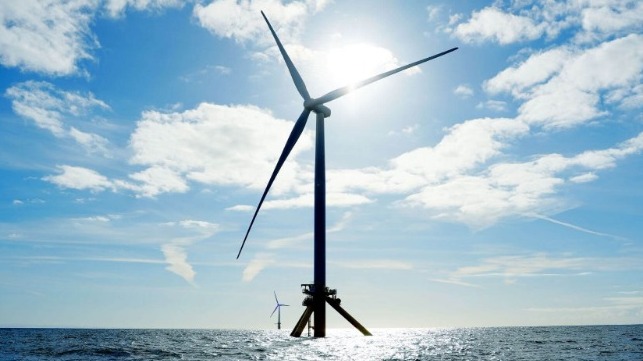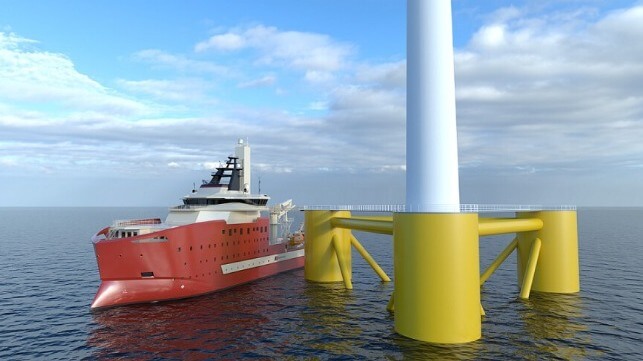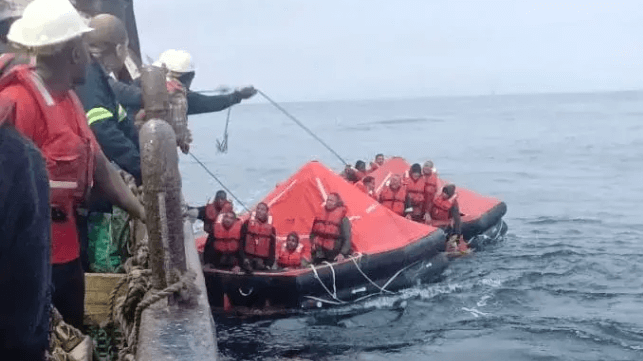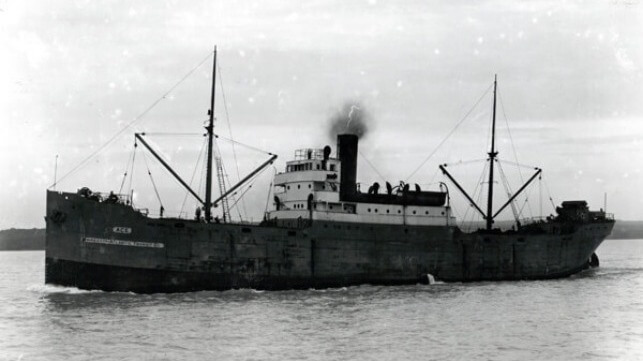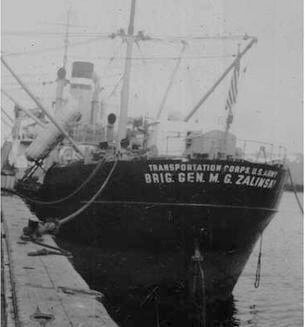If the current polls are right and the swing states break to the Democrats, Keir Starmer will be calling Kamala Harris on the morning of November 6 to congratulate her as the 47th President of the United States.
Such a scenario – and one that few dare to predict at this stage – raises the intriguing prospect of two newly elected progressive leaders, one in the White House and the other in Downing Street, together in power for at least four years or more.
The implications, both for the transatlantic relationship and for wider, global economic and security issues the two countries face, are potentially significant. Many are speculating it could herald the beginning of a deeper engagement between Democrats and Labour as in the 1990s driven by Bill Clinton and Tony Blair’s shared commitment to “Third Way” politics.
Special relationship, personal relationship
As was the case three decades ago, the nature of the personal relationship between the two leaders will be crucial. Yet, oddly, given the roles Harris and Starmer have held for the last four years, the two have still to meet in person.
As leader of the opposition from 2020, Starmer, did not visit the US at all, and his three trips since the UK election in July have not included a meeting with the Democrat candidate – even though he dined with her Republican rival, Donald Trump, when in New York last month. As Vice President, Harris has only touched down in the UK once, almost a year ago, for Rishi Sunak’s AI summit.
So, if the stars align next month, the prospective President and newly installed Prime Minister will need to get know each from scratch. They will, however, have lots to talk about, not least their shared backgrounds as distinguished public prosecutors and political late developers.
Born within two years of each other in the first half of the 1960s, both graduated in law in their early 20s. Harris spent 12 years as an elected prosecutor, first as District Attorney of San Francisco and then as California’s Attorney General, while Starmer served as head of the Crown Prosecution Service for England and Wales between 2008 and 2013 after two decades as a renowned human rights barrister.
Both then transitioned into national politics in their 50s, a relatively late age in the UK and US. Starmer was elected as an MP for his home seat of Holborn and St Pancras in London in 2015, while Harris entered the US Senate to represent her home state of California a year-and-a-half later.
Finding common ground
This shared professional experience has had a profound impact on both, shaping two political leaders who possess remarkably similarly motivations, outlooks and leadership styles. It tells us much about their strengths, and their shortcomings too.
“Kamala Harris is by nature and instinct a lawyer and prosecutor,” says Jamal Simmons, who served as her communications director in 2022. “She’s driven by facts and the evidence, and interested in understanding what practical steps are needed to make change.”
It is an approach shared by Starmer, according to his former chief of staff, Sam White.
“Keir’s a pragmatic, evidence-led politician focused on outcomes,” says White, who worked for the Labour leader while Simmons was in the White House. “He’s analytical and cerebral rather than someone led by his gut.”
READ MORE: Government set to name and shame employers more regularly for failures to pay
But is this deliberative, even judicious, style suited to a fast-moving political environment that often requires politicians to lead by instinct?
“That’s not the Vice President’s natural state but she’s an incredible learner who listens to advice. She has brought in excellent people from more traditional political backgrounds to advise and support her,” says Simmons.
Starmer is a “good learner” too, says White, but is suspicious of woolly, ill-defined political visions divorced from people’s lives. His five missions were his attempt to bridge the gap.
Yet, as Simmons acknowledges, “many people like to dream and to shoot for a big goal” and political leaders do need to be able to articulate that and to use it to effect change. Certainly, Harris has shown over the last three months she can move the needle in that direction when she needs to.
Without question, Harris and Starmer are bound, too, by a deep commitment to public service born from a deep-seated desire to improve the lives of people without a voice or power. So, while they are unlikely to spend much time exchanging airy notions of political ideology, they will be keen to share experiences and collaborate for shared benefit.
Close collaboration
The Harris campaign has already taken advice from some of the key figures behind Starmer’s election victory in July, and the Prime Minister’s new chief of staff, Morgan McSweeney, was one of a clutch of senior Labour advisers at the Democratic National Convention in Chicago in August.
On foreign policy issues, too, there will be clear alignment. Harris has been resolute in her support for Ukraine and has pledged her steadfast loyalty to NATO and the US’s wider multilateral commitments.
There is also the real potential for new areas of areas of collaboration to open up between the UK and US on trade, clean energy transition and artificial intelligence. A Harris Presidency will be supportive of UK seeking to build a closer relationship with the EU too.
Of course, similarities in political leanings and personality are not sufficient in themselves to outweigh big strategic national interests, particularly those of the US. The long-term American shift in focus from Europe to the Indo-Pacific will continue, and an intensified competition with China will remain a challenging issue for the UK and Europe.
Even so, as well as the overwhelming sense of relief that would mark the avoidance of a Trump White House, the morning of the 6th November could be the start of something important. It will not necessarily be spectacular or extravagant because that’s not the style of either leader.
But a new “special relationship” between Harris and Starmer could provide a powerful boost to democratic politics across the West and help deliver real impact at home and abroad.

